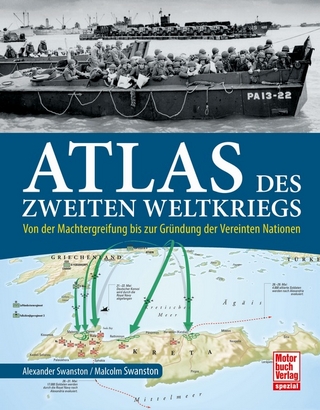
Risk Assessment and Risk Communication Strategies in Bioterrorism Preparedness
Springer-Verlag New York Inc.
978-1-4020-5806-6 (ISBN)
The anthrax envelopes incident in the United States in 2001 created the impetus for a substantial increase in preparedness for bioterrorist threats among both public health and law enforcement professionals, worldwide. Ever increasing resources are now being allocated for dealing with a wide variety of potential threats, from the reintroduction of eradicated viruses such as smallpox to the possibility of genetically engineered novel pathogens. Despite the potentially devastating consequences of the various projected bioterror scenarios, it remains remarkably difficult to quantitatively assess the actual risk in each of these scenarios. Nevertheless, such risk assessment is crucial for determining the appropriate allocation of resources for research and preparedness.
The public anxiety expected during a large-scale bioterrorism attack may even be more damaging than the direct effects of the bioterrorism agent, both in health-related and economic outcomes. Carefully tailored risk communication is a major tool for individuals, decision-makers or even entire communities to make educated decisions about their responses to well-being, and avoid social disruption.
In this book, we have included articles from leading experts in the various disciplines associated with risk assessment and risk communication associated with bioterrorism. These papers are based on presentations at a NATO Advanced Research Workshop in Israel in June 2005, which addressed these issues. The resulting volume integrates the viewpoints of public health, law enforcement, risk analysis and media experts into a comprehensive, practical guide for approaching risk assessment and risk communication in a bioterrorism event.
Risk Assessment.- to Bioterrorism Risk Assessment.- Some Public Health Perspectives on Quantitative Risk Assessments for Bioterrorism.- Situational Awareness in a Bioterror Attack via Probability Modeling.- The Bioterrorism Threat.- Change of Mind-Set Following 9/11: The few that are already willing to Resort to Weapons of Mass Destruction.- Antimicrobial Prophylaxis and Providing Subacute Care in the Context of a Bioterrorism Event: Lessons learned from 2001.- Detecting and Responding to Bioterrorism.- Species-Neutral Disease Surveillance: A Foundation of Risk Assessment and Communication.- Risk Communication.- to Bioterrorism Risk Communication.- Risk Communication to Health-Care Workers as a Risk Reduction Measure in Bioterrorism.- Anthrax-Euronet and Beyond – Challenges of Scientific Research on High Risk Agents.- Risk Communication and Public Behavior in Emergencies.- Prevention Strategies and Promoting Psychological Resilience to Bioterrorism Through Communication.- Risk Communication and the Community Response to a Bioterrorist Attack: the Role of an Internet-Based early warning system A.K.A “The Informal Sector”.- Information Systems for Risk Communication Related to Bioterrorism.- Focus on Smallpox.- Risk Assessment in Smallpox Bioterrorist Aggression.- Renewal of Immunological Memory to Smallpox: Use of New Tools Yields Old Results.- Preparing for a Smallpox Bioterrorist Attack: Pulse Vaccination as an Optimal Strategy.- A Priori Versus a Posteriori Risk Assessment for Bioterror Attack.- Impact of the Proliferation of Weapons of Mass Destruction on the Stability in the Middle East.- The Role of Risk Assessment in Preparing the Health-Care System for Bioterrorism and Natural Epidemics.- Susceptibility of B. Anthracis to Various Antibacterial Agents andtheir Time-Kill Activity.- Natural Or Intentional Food Contamination? How can we know?.- Bioterrorism Emergency Response: Current Concepts and Controversies.- Preparedness and Response for Bioterrorism Involving the Food Supply.- Risk Communication and Psychological Impact: Technological and Operational Methods of Mitigation.
| Reihe/Serie | Nato Security through Science Series A: |
|---|---|
| Zusatzinfo | X, 248 p. |
| Verlagsort | New York, NY |
| Sprache | englisch |
| Maße | 155 x 235 mm |
| Themenwelt | Natur / Technik ► Fahrzeuge / Flugzeuge / Schiffe ► Militärfahrzeuge / -flugzeuge / -schiffe |
| Medizin / Pharmazie ► Medizinische Fachgebiete | |
| Studium ► Querschnittsbereiche ► Epidemiologie / Med. Biometrie | |
| Studium ► Querschnittsbereiche ► Infektiologie / Immunologie | |
| Sozialwissenschaften ► Politik / Verwaltung | |
| Schlagworte | Biophysics • NATO • Physics • Science • security • Sub-Series B |
| ISBN-10 | 1-4020-5806-3 / 1402058063 |
| ISBN-13 | 978-1-4020-5806-6 / 9781402058066 |
| Zustand | Neuware |
| Haben Sie eine Frage zum Produkt? |
aus dem Bereich


